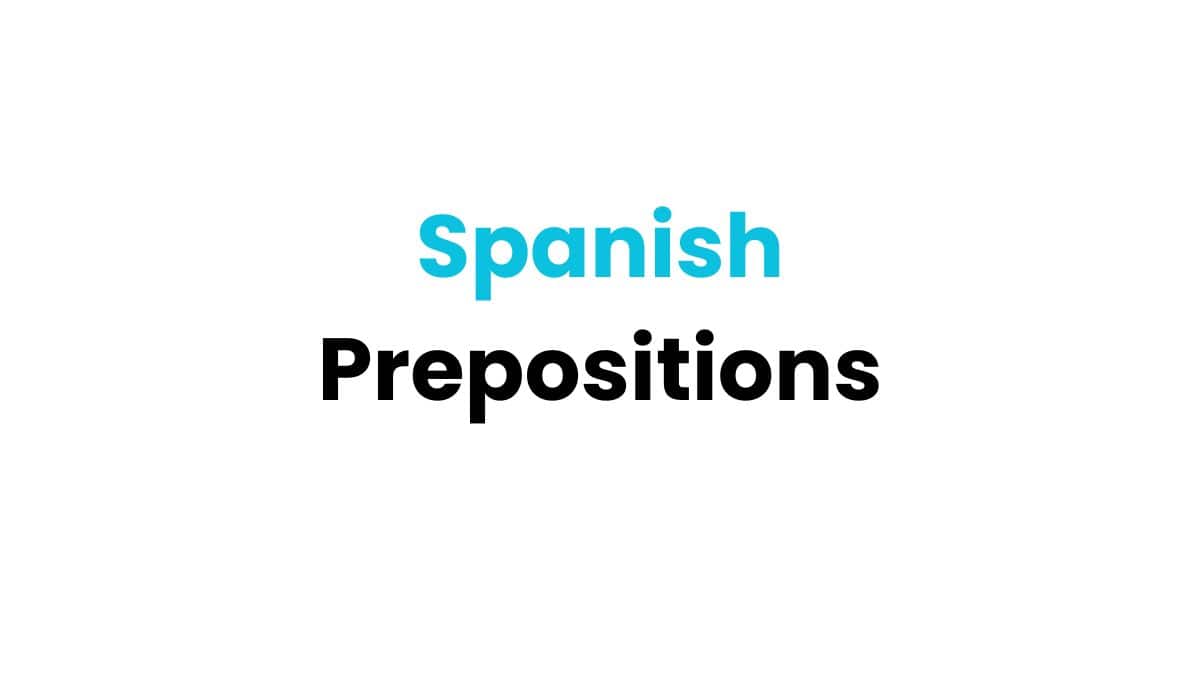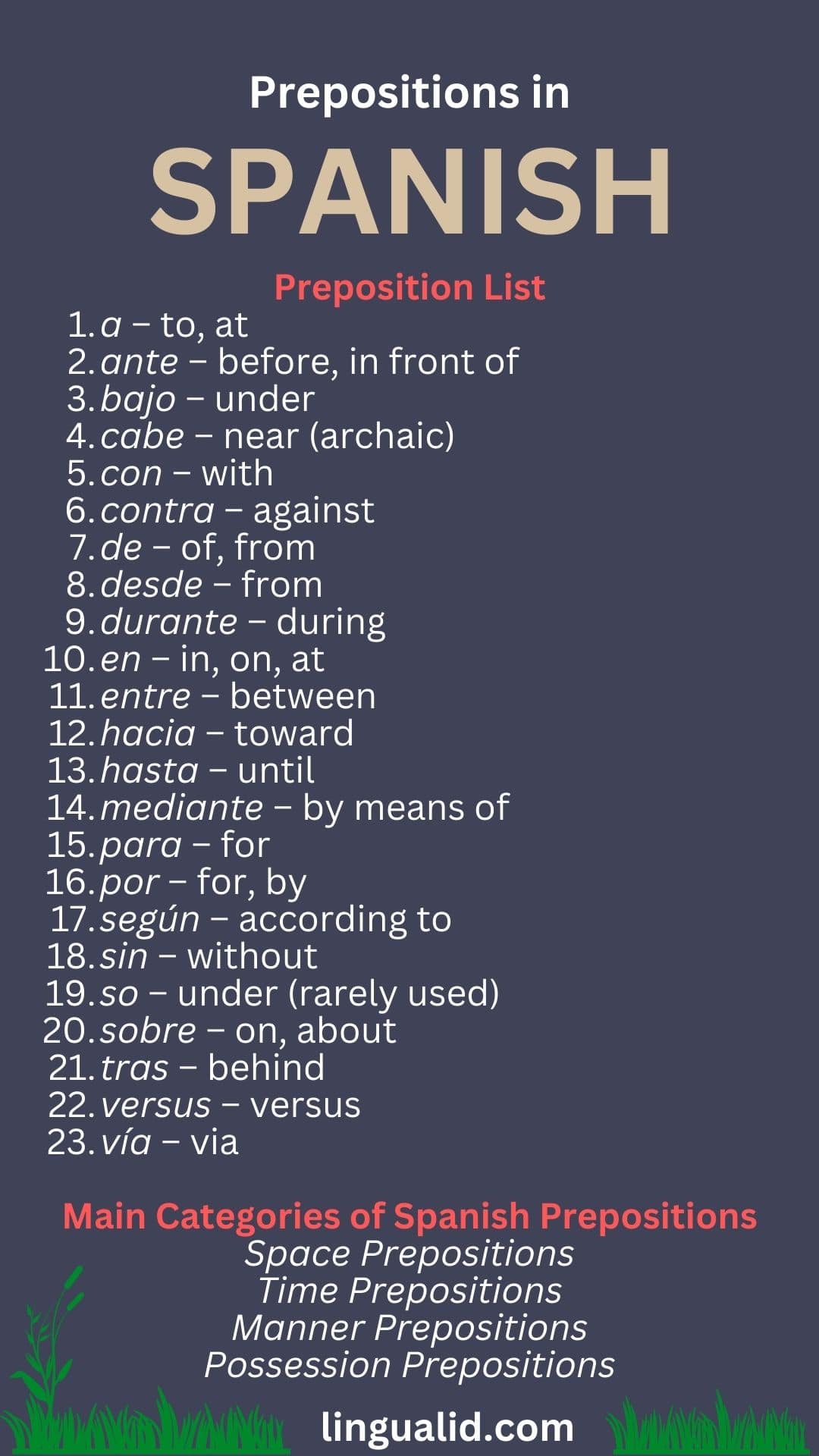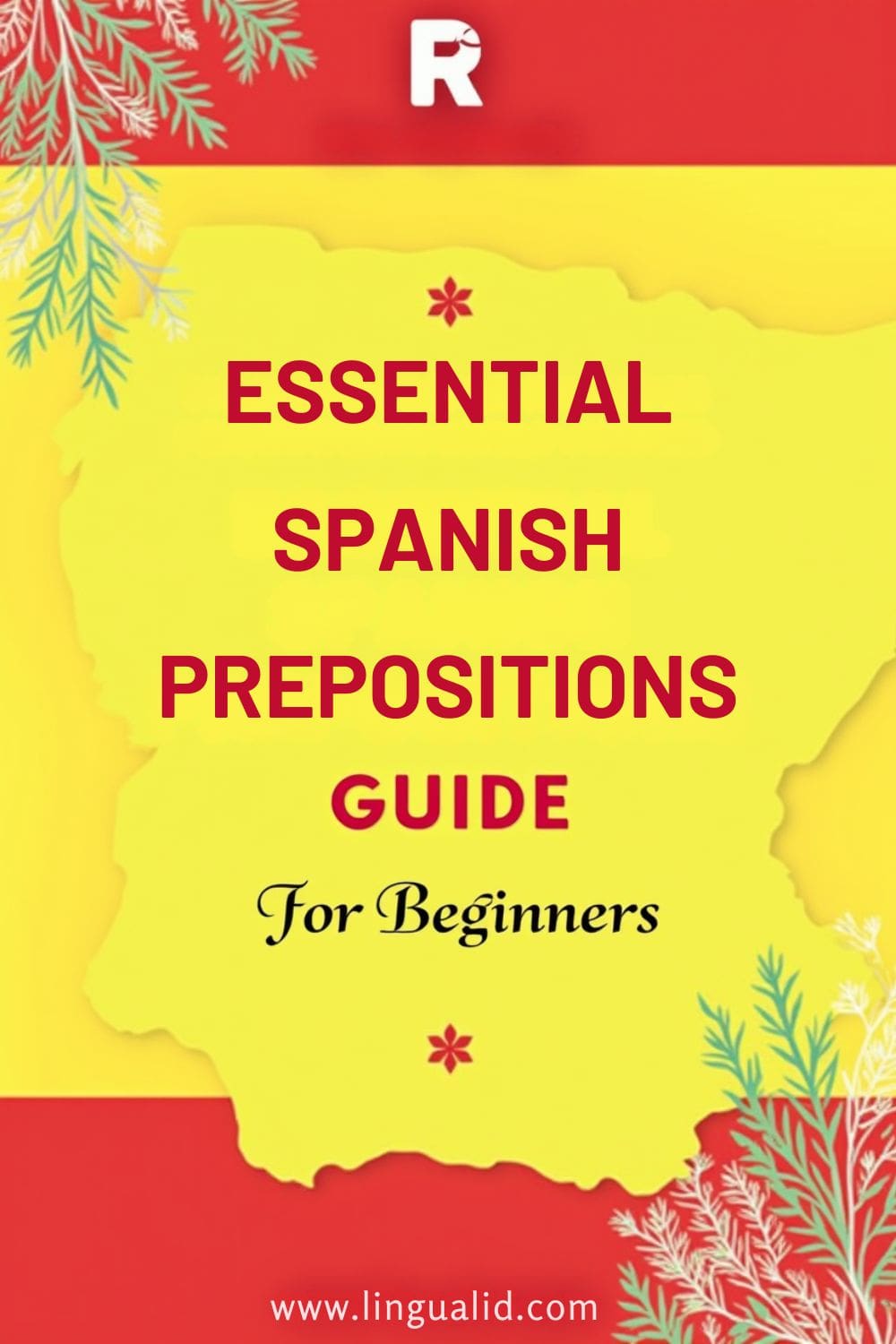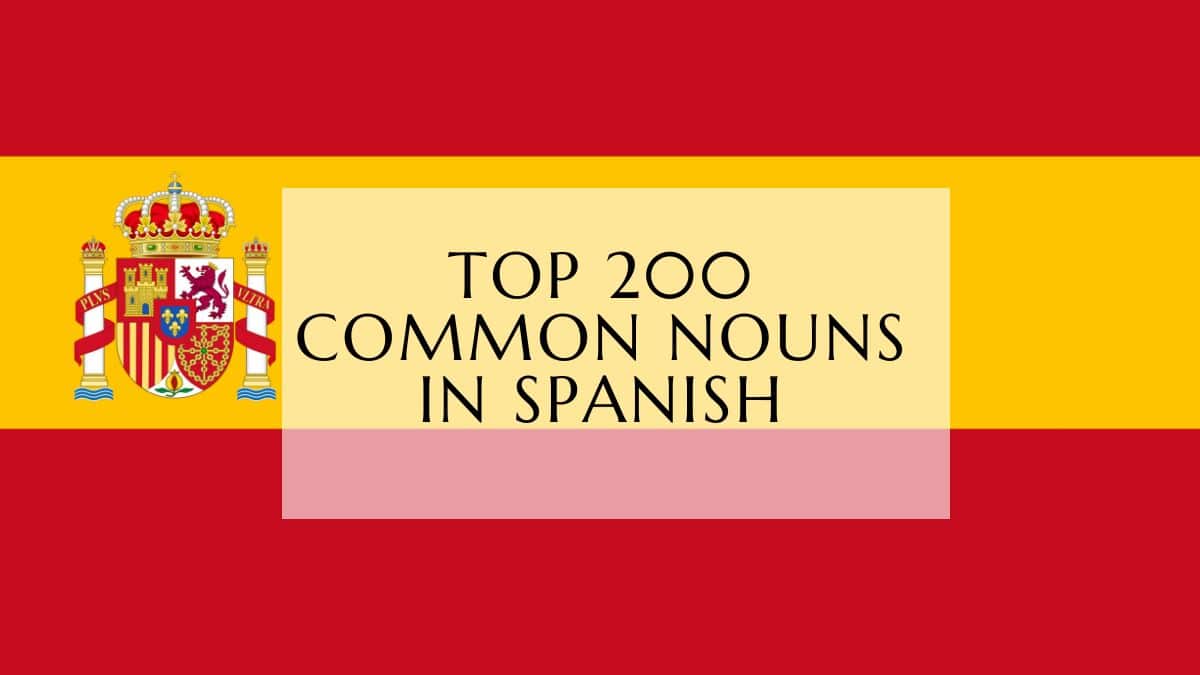Learning Spanish prepositions can make a big difference in your language skills. These words connect ideas and show relationships. They add precision to how we talk.
Getting to know Spanish prepositions takes time and effort. There are 23 official ones. They help us talk about where things are, when they happen, and who is involved.
This guide will help you understand them better. You’ll learn through examples and tips. You’ll see how they make Spanish conversations clear and real.

Key Takeaways
- Spanish prepositions connect words and reveal relationships
- There are 23 official Spanish prepositions
- Prepositions function across location, time, and relationship categories
- Mastering prepositions enhances communication precision
- Regular practice is essential for fluency
- Key Takeaways
- What Makes Spanish Prepositions Different
- Role of Prepositions in Spanish Grammar
- Key Functions in Sentence Structure
- Comprehensive Preposition List
- Common Place Prepositions
- Directional Prepositions
- Position and Movement
- Basic Communication Patterns
- Most Frequently Used Examples
- Common Mistakes to Avoid
- Main Categories of Spanish Prepositions
- The 'Al' Contraction Rules
- When to Use Contractions
- Del Contraction Explained
- English vs Spanish Preposition Pitfalls
- Practice Exercises and Solutions
- What are Spanish prepositions and why are they important?
- How many official Spanish prepositions are there?
- What is the personal 'a' in Spanish, and why is it unique?
- How do Spanish prepositions differ from English prepositions?
- What are some common mistakes English speakers make with Spanish prepositions?
- How can I improve my understanding of Spanish prepositions?
- What are compound prepositions in Spanish?
- Are there any contractions with Spanish prepositions?
- How do prepositions change the meaning of a sentence in Spanish?
- What are the most important prepositions for beginners to learn?
Understanding Spanish Prepositions: A Basic Overview
Spanish prepositions are a key part of the language that many find tricky. They link different parts of speech and add important context to our words.
To learn Spanish prepositions, you need to know their special traits. Unlike English, Spanish prepositions have unique behaviors that make them interesting and complex.
What Makes Spanish Prepositions Different
Spanish prepositions have some standout features:
- They don’t change gender or number
- They can mean different things based on the situation
- They connect words with clear grammatical ties
Role of Prepositions in Spanish Grammar
Prepositions are key in showing where and when things happen. They help us understand the relationships between words, giving us vital info on direction, position, and time.
| Preposition | Primary Function | Example Usage |
|---|---|---|
| en | Location/Time | en la casa (in the house) |
| de | Possession/Origin | de España (from Spain) |
| a | Direction | a la tienda (to the store) |
Key Functions in Sentence Structure
Prepositions of place and time are vital for making sense in Spanish. They help us share complex ideas clearly and precisely.
Grasping these connectors is essential for mastering Spanish fluently.
The 23 Official Spanish Prepositions
Learning Spanish, you’ll find a world of prepositions. They connect words and ideas. The Royal Spanish Academy (RAE) lists 23 official prepositions. Each one is key for clear communication and sentence structure.
Grasping them can boost your language skills. It moves you from basic to advanced levels.
Comprehensive Preposition List
- a – to, at
- ante – before, in front of
- bajo – under
- cabe – near (archaic)
- con – with
- contra – against
- de – of, from
- desde – from
- durante – during
- en – in, on, at
- entre – between
- hacia – toward
- hasta – until
- mediante – by means of
- para – for
- por – for, by
- según – according to
- sin – without
- so – under (rarely used)
- sobre – on, about
- tras – behind
- versus – versus
- vía – via
These prepositions help express complex ideas. They show direction, location, time, and purpose. Knowing them well will enhance your Spanish speaking and writing.
While most prepositions are common, some like cabe and so are old-fashioned. They’re not often used today.
Spanish Prepositions of Location
Learning Spanish prepositions is key to talking about where things are and how they move. These words help us share exact locations and movements.
Location prepositions are vital for clear communication. They show exact spots, distances, and how things relate to each other.
Common Place Prepositions
Spanish has many prepositions for talking about location. Some top ones are:
- En – in/on/at
- Dentro de – inside of
- Encima de – on top of
- Debajo de – underneath
- Cerca de – close to
Directional Prepositions
Directional prepositions tell us about movement and direction. Here are some important ones:
| Preposition | English Translation | Example |
|---|---|---|
| Hacia | Towards | Camino hacia la escuela |
| Desde | From | Salgo desde mi casa |
| Hasta | Until/To | Viajo hasta Madrid |
Position and Movement
Getting good at prepositions takes practice. Spanish speakers use a certain way to talk about places. They say: object + estar + preposition + location.
“Los libros están en la mesa” (The books are on the table)
Practice and listening to native speakers are crucial. They help you get better at using prepositions in Spanish.
Time-Related Prepositions in Spanish
Learning time-related prepositions is key to speaking well. These prepositions help us talk about specific times, how long things last, and how often they happen.
Prepositions of time are very important. They help us describe when things happen. Let’s look at some common ones:
- A (at): Used for specific times
- Example: Nos vemos a las ocho (We’ll see each other at eight)
- En (on/in): Indicates general time periods
- Example: Hablamos en la mañana (We talk in the morning)
- Durante (during): Describes duration of events
- Example: Escuché música durante el viaje (I listened to music during the trip)
Knowing time prepositions makes your Spanish better.
Spanish speakers often use certain patterns when talking about time. It’s important for learners to know these:
| Preposition | Usage | Example |
|---|---|---|
| De…a… | From…to… | Trabajo de lunes a viernes (I work from Monday to Friday) |
| Desde | Since | Vivo aquí desde 2018 (I’ve lived here since 2018) |
| Por | For (duration) | Estudié español por dos años (I studied Spanish for two years) |
Using these prepositions comes with practice and getting used to them.
Essential Prepositions for Daily Conversations
Learning Spanish prepositions makes your language skills better. These words link ideas, show relationships, and add depth to talks.
Basic Communication Patterns
Knowing common prepositional phrases boosts your Spanish. Native speakers often use prepositions that surprise English speakers.
- Pensar en (to think about)
- Soñar con (to dream of)
- Hablar de (to talk about)
Most Frequently Used Examples
| Preposition | Meaning | Example Sentence |
|---|---|---|
| a | to/at | Voy a la tienda (I’m going to the store) |
| en | in/on | Estoy en casa (I’m at home) |
| con | with | Salgo con mis amigos (I’m going out with my friends) |
Common Mistakes to Avoid
Many learners struggle with prepositions. Common mistakes include:
- Directly translating English prepositions
- Forgetting verb-specific preposition requirements
- Misusing spatial and temporal prepositions
Practice these phrases to speak like a native. Each preposition adds a special meaning that changes how you talk.
Spanish Prepositions
Spanish prepositions are key to linking words and showing how they relate in a sentence. The Spanish Royal Academy of the Language (RAE) lists 23 prepositions. In 2009, they added four new ones: durante, mediante, versus, and vía.

Main Categories of Spanish Prepositions
- Space Prepositions: Describe location and movement
- Time Prepositions: Indicate temporal relationships
- Manner Prepositions: Express how an action is performed
- Possession Prepositions: Show ownership or relationship
Some common Spanish prepositions include:
| Preposition | Primary Use | Example |
|---|---|---|
| de | Possession/Origin | El libro de María (Maria’s book) |
| en | Location | Estoy en casa (I am at home) |
| por | Cause/Gratitude | Gracias por tu ayuda (Thanks for your help) |
Learning three new prepositions at a time is a good strategy. It helps students grow their vocabulary and grasp prepositions in Spanish grammar slowly.
It’s important to remember that prepositions can change a sentence’s meaning. Getting good at using them is crucial for clear communication in Spanish.
Contractions with Spanish Prepositions
Spanish learners find that preposition contractions are unique. The most important are al and del. These are formed by combining prepositions with articles.
It’s key to learn these contractions for Spanish grammar mastery. There are just two main ones in Spanish:
- al: made by linking “a” with “el”
- del: made by linking “de” with “el”
The ‘Al’ Contraction Rules
The al contraction shows movement towards a place. For instance:
- Ella va al cine (She goes to the cinema)
- Vamos al parque (We are going to the park)
When to Use Contractions
Spanish contractions are not optional. They’re needed when a preposition meets a specific article. This rule is always true when it happens.
“Mastering preposition contractions is key to sounding natural in Spanish communication.”
Some key points about contractions:
- They don’t apply to proper nouns
- They’re required in certain grammatical situations
- Knowing when to use them boosts language skills
Del Contraction Explained
The del contraction shows possession or origin. Here are some examples:
- La camiseta del chico (The boy’s shirt)
- Me voy de vacaciones del 1 al 15 de marzo (I’m on vacation from March 1st to 15th)
Practice and exposure are vital for mastering these contractions. They’re crucial for natural Spanish communication.
Personal ‘A’ in Spanish Grammar
The personal ‘a’ in Spanish is a unique feature that often confuses English speakers. It appears before direct objects that are people or pets. This is a difference not found in English.
In Spanish, the personal ‘a’ has its own set of rules. These are important for learners to know:
- Always precede direct objects that are people
- Used with pets that have emotional significance
- Not applied to inanimate objects
Now, let’s look at some examples to get a better understanding:
“Veo a María” (I see María) – Personal ‘a’ is required
“Llamo a mi perro” (I call my dog) – Used with pets
But, there are exceptions to this rule. The personal ‘a’ is not used in certain situations:
- After the verb “tener”
- With indefinite nouns
- When using the verb form “hay”
Getting the hang of the personal ‘a’ takes practice. Native English speakers often struggle with this grammatical concept. But, with regular practice, you can get better at it.
Remember, mastering Spanish prepositions like the personal ‘a’ is key to speaking fluently and naturally.
Compound Prepositions and Prepositional Phrases

Spanish prepositional phrases add depth to the language. They include compound prepositions, or “locuciones preposicionales”. These are phrases that act as one unit in Spanish.
These prepositions help express relationships between words. They go beyond the 23 simple prepositions. They make it easier for learners to speak more clearly and naturally.
- Cerca de (close to): Used to connect verbs with specific locations
- Después de (after): Indicating temporal sequence
- Gracias a (thanks to): Expressing causation
- En vez de (instead of): Showing alternative actions
Some compound prepositions show complex patterns. For example, a pesar de means “in spite of”. This shows how these phrases go beyond simple word meanings.
“Compound prepositions are the secret sauce of Spanish language expressiveness”
Double prepositions were common in 15th and 16th century Spanish literature. Though rare in today’s speech, they highlight Spanish grammar’s flexibility.
Learning these phrases boosts your Spanish skills. It lets you share complex ideas with great accuracy.
Common Prepositional Mistakes and How to Fix Them
Prepositions can be tricky for language learners. Knowing the differences between English and Spanish prepositions helps avoid mistakes. It also makes speaking more fluent.
Students often struggle with choosing the right preposition. Here are some interesting facts about common mistakes:
- Nearly 40% of students overuse the preposition “en”
- 25% of learners misuse directional prepositions
- 30% struggle with distinguishing between “by” and “for”
English vs Spanish Preposition Pitfalls
Direct translations can lead to mistakes. For example, “I am inside of the mall” in English is “Estoy adentro del centro comercial” in Spanish.
“Prepositions are the subtle bridges connecting words and meanings in language.”
Practice Exercises and Solutions
Here are exercises to help with preposition usage:
- Identify correct preposition contexts
- Practice translation challenges
- Recognize language-specific patterns
By understanding these differences, Spanish learners can greatly improve their language skills. They will communicate more effectively.
Review
Learning Spanish prepositions can be tough. This review will help you remember the main points from our guide on Spanish prepositions.
- There are 23 official Spanish prepositions
- Context is key to understanding preposition use
- Some prepositions can mean different things based on the situation
“Language learning is a journey of continuous discovery” – Unknown Language Expert
The most common Spanish prepositions are:
| Preposition | Primary Meaning | Common Usage |
|---|---|---|
| a | to/at | Indicating movement or destination |
| de | of/from | Showing possession or origin |
| en | in/on | Describing location or time |
Here are some tips for mastering Spanish prepositions:
- Practice using them in different situations
- Learn how to use them together
- Listen to how native speakers use them
- Don’t worry about making mistakes
Remember, getting good at Spanish prepositions is about understanding the language’s subtleties, not getting every rule right right away.
Conclusion
Learning Spanish prepositions might seem tough, but it’s worth it. With regular practice, you’ll get better at talking and writing in Spanish. These words are key to linking ideas and adding depth to your messages.
Spanish prepositions are essential for clear communication. They range from simple words like “a” and “de” to more complex phrases. These tools help you speak and write with ease and confidence.
Your Spanish preposition learning journey is ongoing. Keep practicing, listening to native speakers, and diving into real Spanish content. Remember, mastering these skills takes time. Be kind to yourself as you improve with each conversation.
Keep your focus on using these prepositions in real-life situations, not just memorizing them. Learning Spanish is an exciting journey. Spanish prepositions are your guides to exploring the rich Spanish language.
FAQ
What are Spanish prepositions and why are they important?
How many official Spanish prepositions are there?
What is the personal ‘a’ in Spanish, and why is it unique?
How do Spanish prepositions differ from English prepositions?
What are some common mistakes English speakers make with Spanish prepositions?
How can I improve my understanding of Spanish prepositions?
What are compound prepositions in Spanish?
Are there any contractions with Spanish prepositions?
How do prepositions change the meaning of a sentence in Spanish?
What are the most important prepositions for beginners to learn?
Oualid Cheddadi is the founder of Lingualid, a platform that inspires independent language learners worldwide, regardless of the language they are learning. The name “Lingualid” is derived from the Portuguese word for “language,” “língua,” and the last three letters of Oualid’s name, “Lid.”



